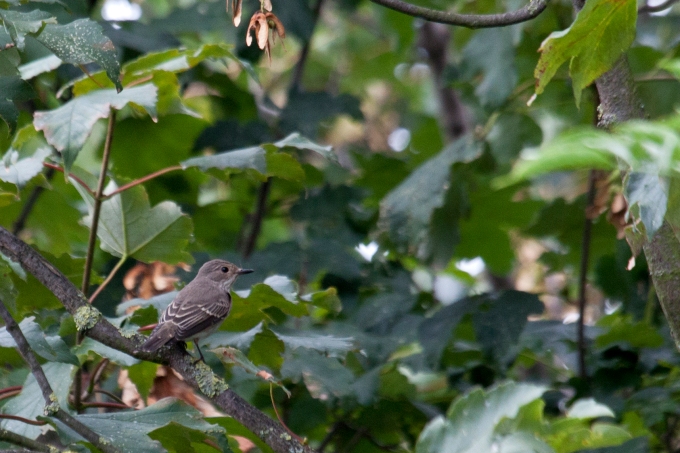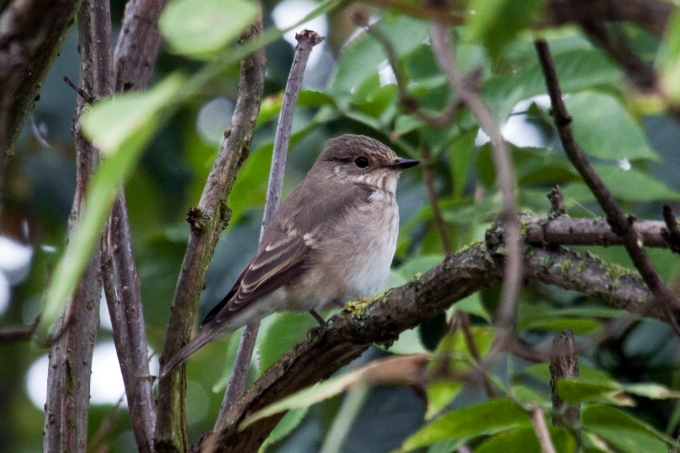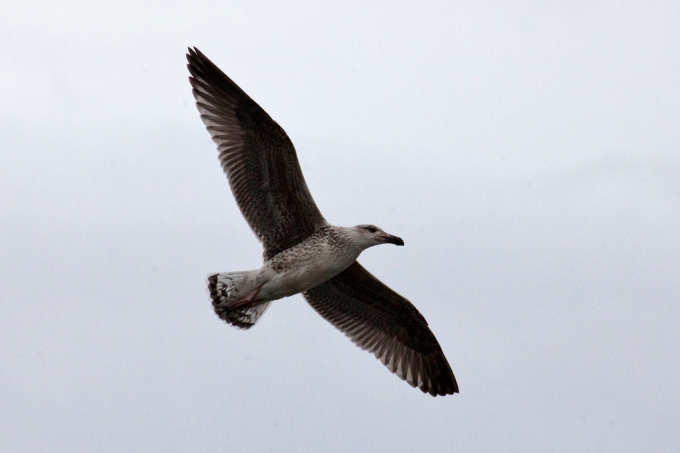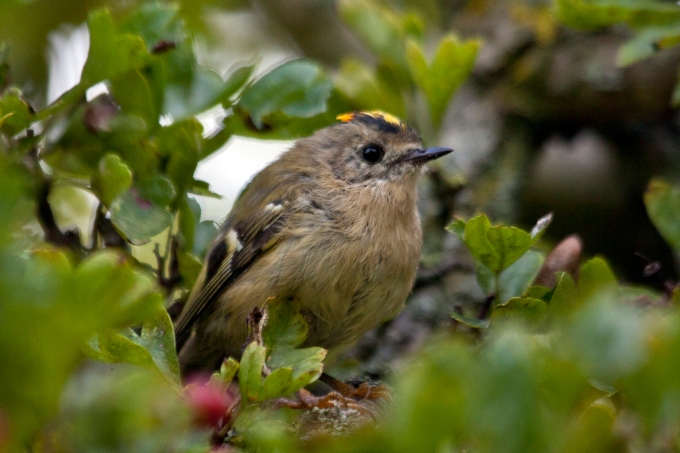Ecstasy
Mrs. Prof had decided to chuck
out some tut, I mean cherished possessions. (She probably won’t read this but
you can’t be too careful) Normally this is something for which I would be
eternally grateful, however…
Agony
…this entails me having to take a
trip to the local waste recycling amenity, for which read Leyton tip (Jamie,
stop dribbling now!). In my book this comes under the category of D.I.Y, regular
readers will know this is not my favourite pastime, nevertheless I decided that
I could include it with a brief visit to the patch…
Agony/Ecstacy?
I quickly checked the local
Twitter feed, London Wiki and RBA app only to realise that the patch mine had
been well and truly worked dry this morning (well done chaps), except for one
small bit, the Waterworks NR (unknown at the time it seems Sue had also busted
that flush too)…
 |
| Jamie's best shot, Long-tailed Tit & Buzzard |
Agony
I realised why I don’t generally
visit the Waterworks on a weekend when the highest species count for the site
was Humans, over 40 in my short visit. This was followed by not quite 40 House
Martins, many Chiffchaffs, quite a few Blackcaps and 2 Whitethroats, I still
had a while before I had to get back to cook dinner (It’s hard being the
perfect husband but I try, at least Mrs. Prof says I am very trying, I assume
that’s the same thing) so despite/because of reports of Stonechats and Yellow
Wagtails on Walthamstow marsh I thought I’d wander over the road and have a
look.
 |
| Sue did her bit too |
(More) Agony
Needless to say the bomb crater
field lacked Chats of any description, despite Stuart’s earlier Stones and
Quentin’s subsequent Whin. The back paddocks were equally bereft of Wagtails,
though 40+ Linnets was good. A lone Peregrine sat on one of the pylons to the
North and a strangely large Egret tantalised for a while as it flew towards the
reservoirs, it’s really odd how all of us keep seeing what on initial views
looks like a Great White Egret, it’s not like we don’t see enough Little
Egrets. This one did the decent thing though, allowing me to get a scope on it
and see what it really was, just a large Little, when we do get a real Great
White it is going to be blindingly obvious.
Ecstasy
At this point the, hitherto grey
sky, parted to reveal a large patch of blue and a bit of warmth, enough to make
me think Raptors! I did a scan of the sky and suddenly, there they were, no,
not Raptors, Spoonbills! 3 birds lazily circling, quite high but unmistakeable,
long-legged, straight necked and with a dirty great big bit of cutlery stuck on
their faces.
Agony
Panic ensued, who do I phone?
Tweet, put the birds out on RBA, try for a photo, hold on I’ve lost them, more
panic! Ah, found them again, right start again, d’oh! Lost again. They seemed
to be drifting, thermalling, heading towards Woodberry, better get a message to
them, no they’re going South-west, now they are into the sun, run around the
other side of a bush for a better view. Gone.
Ecstasy
Realisation that they are new for
the patch for the year #141, only 5 short of our average and with 3.5 months to
go. Better still #130 for me for the year, equalling my previous best, with 3.5
months of the year. They were circling for about 7 minutes but I kept losing
them every time I made a call, tweeted, texted or tried to line up a shot, very
frustrating. In fact I couldn’t really say what age they were, but quite
possibly some/all had black in the wing tips but their height, and the fact I
kept losing sight of them, really was against me.
Agony
Realisation that I didn’t actually
need it for the patch, having seen one that spent half a day on the island of
East Warwick on the 10th June 2006, a multi-rung Dutch bird. (The
last patch record, allegedly, was in 2013, from an erstwhile patch-watcher who
submitted no records, and saw a bird which apparently flew over another birder
also on site at the same time. I have no comment) Also that I could probably
have seen them from the house, with a great deal of good fortune. Feeling bad,
knowing that realistically no other local birder was going to see them,
goodness knows they were hard enough to see when you knew roughly where they
were!
 |
| The 2006 bird, imagine three of these really high up and you'll be where I was about 16:00 |
Ecstasy
I’ve just seen 3 Spoonbills over
the patch, nuff said.
@birdingprof



















